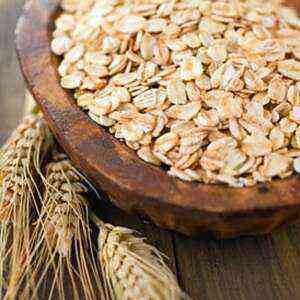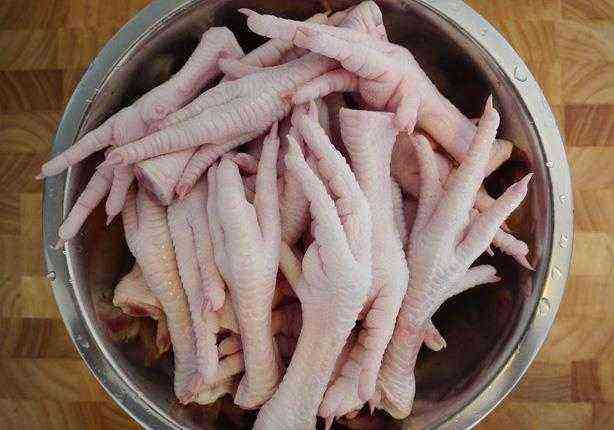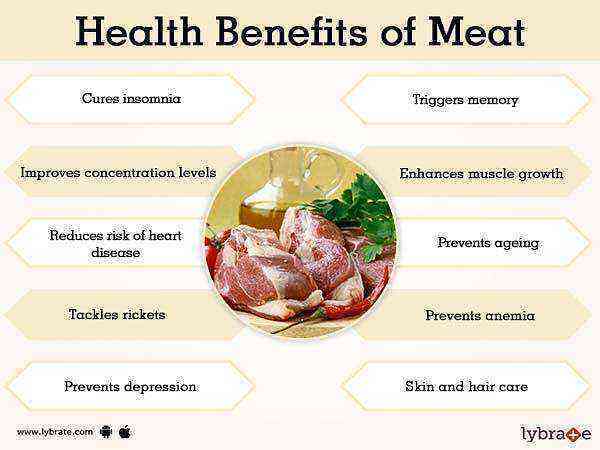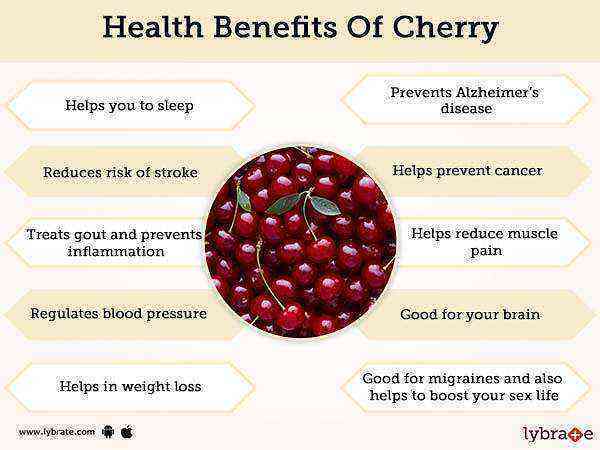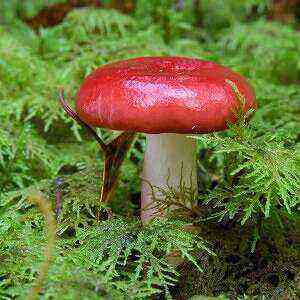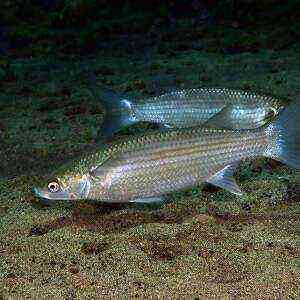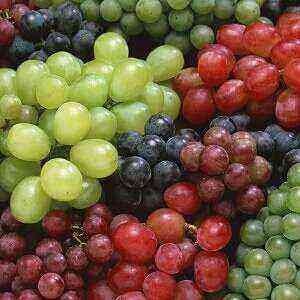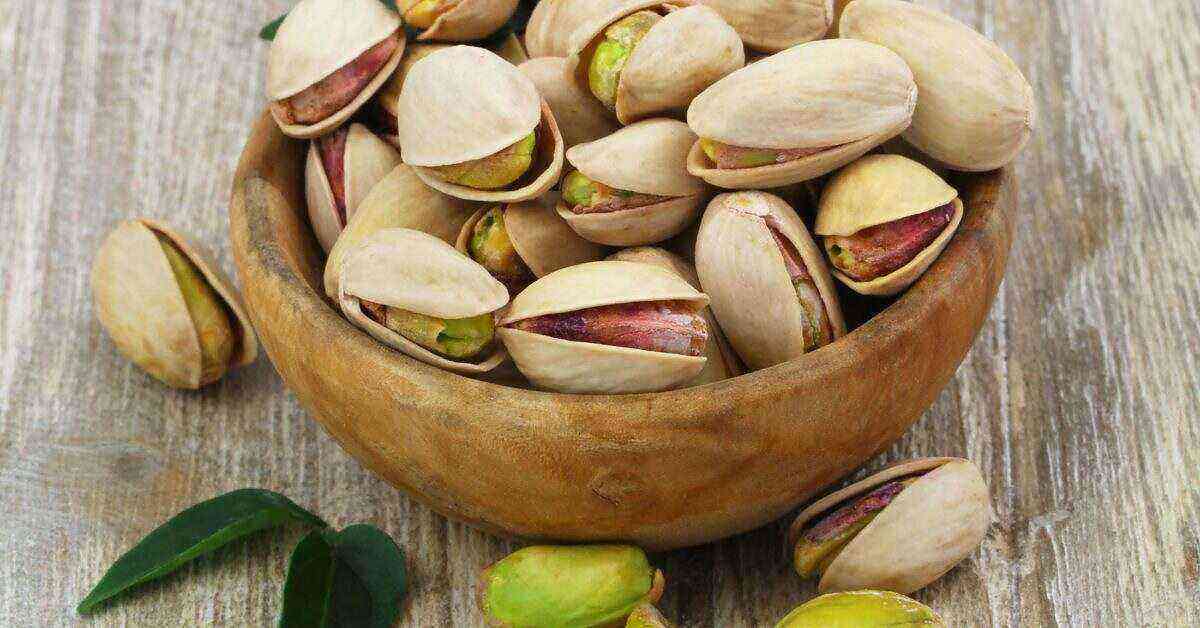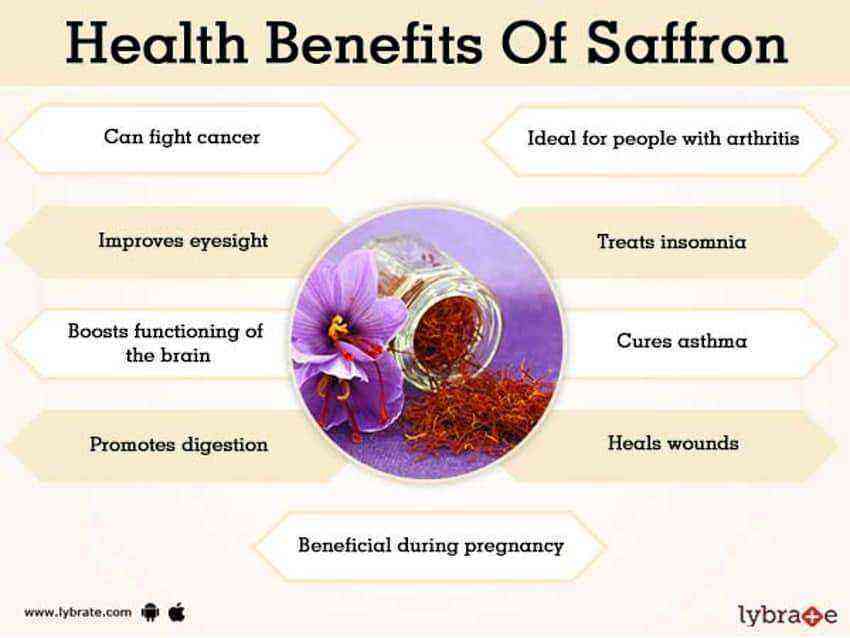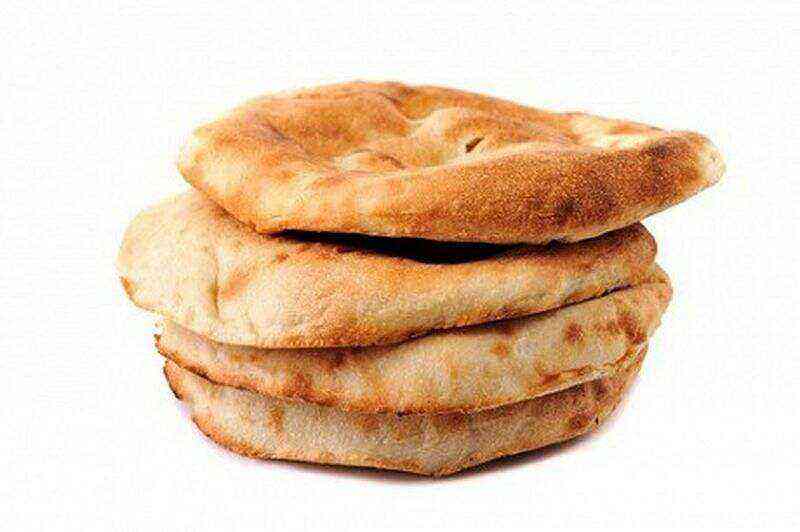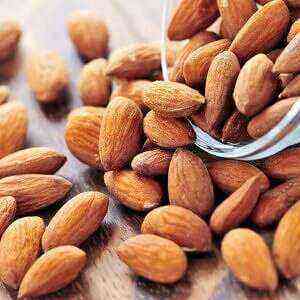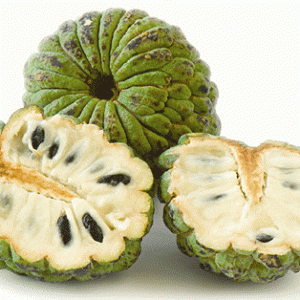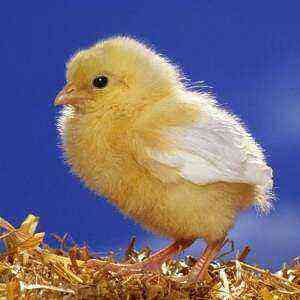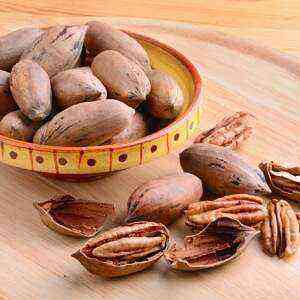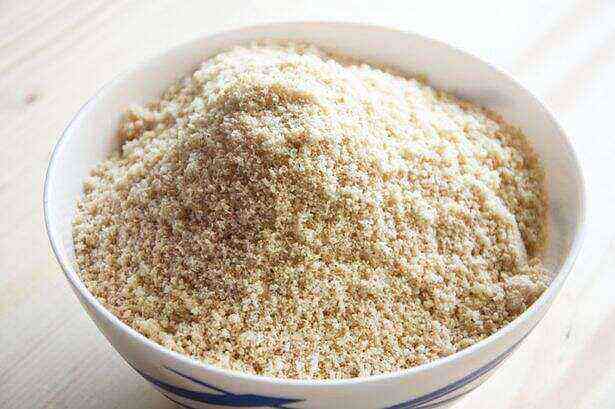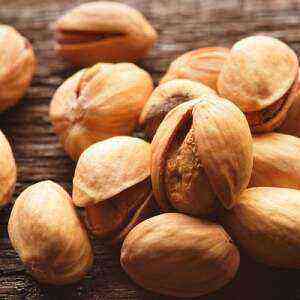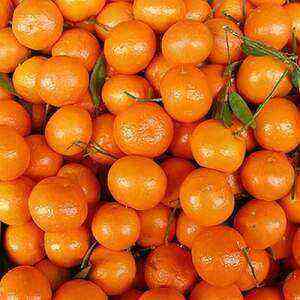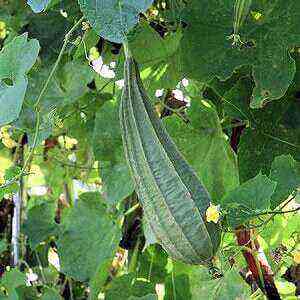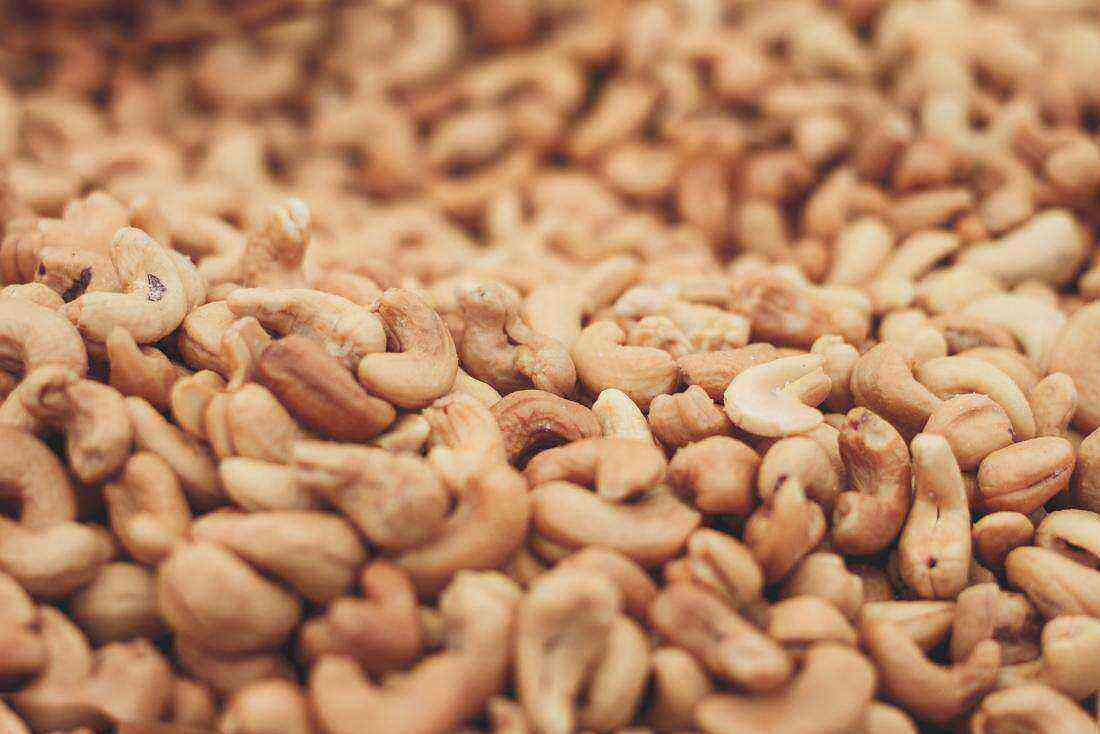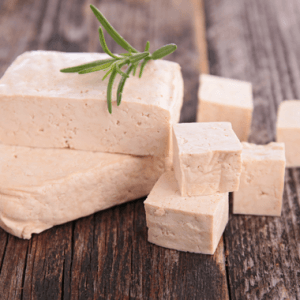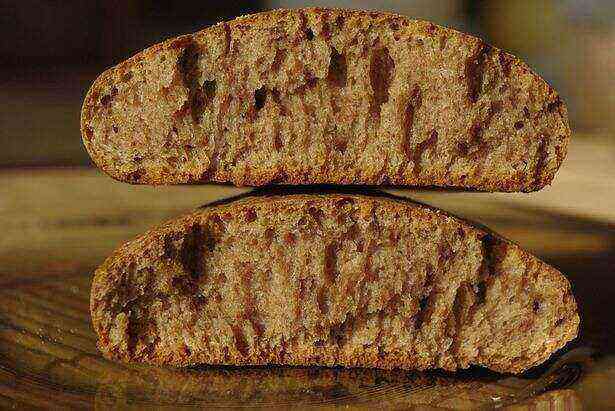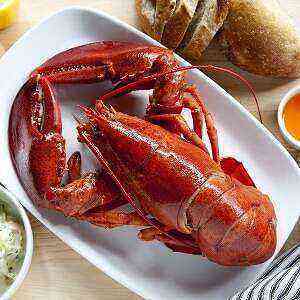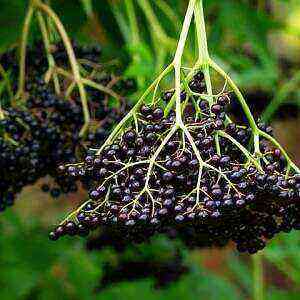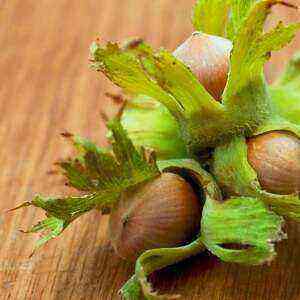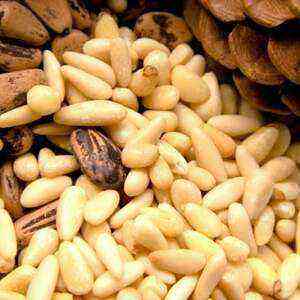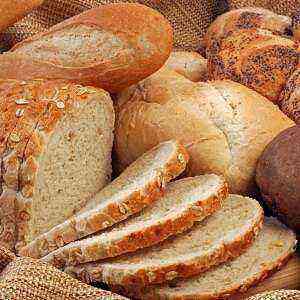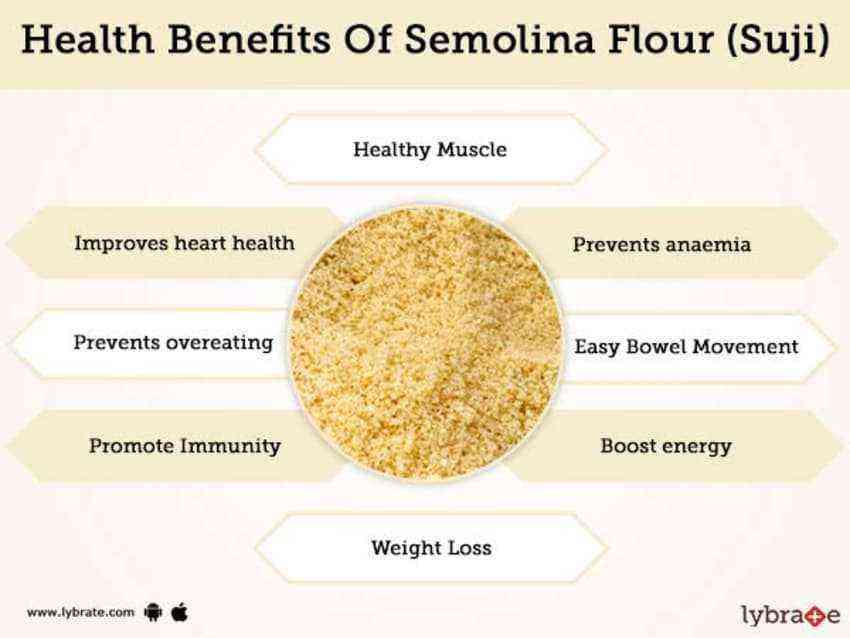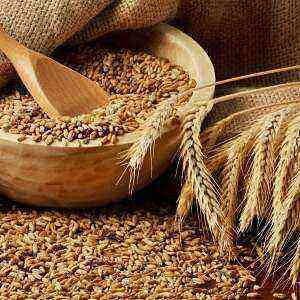
The level of public awareness is growing every minute. Every second citizen understands that the inscription on the flour “made from durum wheat” is not a marketing ploy, but the most important requirement for the product. Refined grains do not contain vitamins and beneficial nutrients. It becomes a useless food product that may well become the culprit of a dozen extra pounds and health problems.
What is the real benefit of wheat, how to choose a really useful product and introduce it into the diet?
General characteristics
Wheat is an annual plant of the cereal family. This is the only cereal culture that has about 20 species in the 5 sections and 10 hybrid varieties of both intragenital and intergeneric character. Practically in every country of the world, a special “local” plant variety has been developed, which is in the greatest demand. The varieties are distinguished by the structure of a straw, the appearance and chemical composition of grains, and the specificity of spike formation.
Botanical description
Herb plant reaches from 30 to 150 centimeters in height. Stems are straight, hollow, fairly dense, directed upwards. Leaves do not exceed millimeters wide 22, acquire a flat shape and wide-line edges. The root system of the plant is fibrous.
Wheat produces several straight linear inflorescences that take on either oblong or ovate forms. Spike reaches 3-15 centimeters, does not disintegrate and firmly holds future grains. Spikelets single, sessile. The top flower on the spikelet is usually underdeveloped, the others are tightly pressed to the base and develop according to the norm. Total formed 3 stamens with small anthers. The grain is tiny: from 5 to 100 millimeters in length. It takes an oval oblong shape, the structure is slightly hairy, the gutter is quite deep. In total, 7 is formed of fairly large chromosomes.
A Brief Historical Reference

Wheat was one of the first crops that people cultivated during the Neolithic revolution. The wild plant was a frequent guest of the ancient people. The wheat of that time was significantly different from the modern one. Her grains crumbled immediately after ripening. Given the very tiny size of the fruit, it was impossible to collect them. Therefore, our ancestors waited for the moment and used green grains while they were on the ear.
Gradually, the man domesticated the culture. The plant has gone a long way of development: the spikelet has acquired a clearer shape, the plant has become more stable and dense in structure, the percentage of yield and grain size has increased.
In the Holy Scripture, our planet appears in the image of the land of wheat. Paradise was called the haunter place literally because of the abundance of grass in this particular other world. Wheat has penetrated almost every text: parables, descriptions of the final judgment, God’s angels, Satan, Jesus. Mention of cereal was put into the mouths of key figures in Christian history, which directly indicate the popularity and high significance of wheat.
Useful properties of the ingredient
Maximum benefit lies in whole unrefined grains. Wheat, which has undergone lengthy processing, loses useful properties and becomes an “empty” product with a high glycemic index and prohibitive calorie content.
So what is the use of wheat? Whole grains contain unique antioxidant compounds – phytates. They are associated with nutrients that are contained in food, and slow down the process of absorbability / assimilation by the body. A prerequisite for the release of phytates is grain soaking. What do we get?
- Long saturation. The body will not be distracted by harmful sweet snacks, as it is engaged in more serious work – the processing of complex carbohydrates, vitamins and minerals.
- Quick and dust-free work for the digestive organs. Soaked grain passes through the gastrointestinal tract much more easily. Organs and so extract vital nutrients, once again without straining.
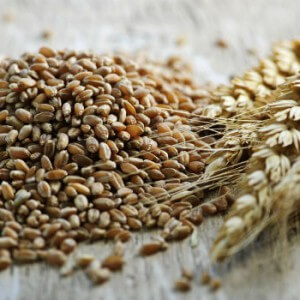
- Lower cholesterol. The lower the cholesterol, the lower the risk of diseases of the cardiovascular system. Fiber will gradually restore the minimum acceptable threshold for cholesterol, and the further state of health depends directly on the person. If, together with fiber, 10 juicy burgers and wings in deep fat are fed into the body, then it makes no sense to rely on the plant component.
- Glucose control. Fiber minimizes the rate of passage of products through the gastrointestinal tract and reduces the rate of absorption. The longer food is absorbed, the later it will enter the bloodstream. So fiber prevents sudden jumps in glucose and uncontrolled appetite.
- Improving the functionality of the chair. Fiber relieves constipation or loose stools in a few days. In this case, you need to carefully choose products based on quality, calorie content and benefits for the body. On such “problematic” days, the intake of vegetables and protein should be increased; carbohydrates are recommended to be minimized.
- Improving the quality of life. Cellulose prolongs not only the digestion of food, but also a feeling of satiety. A saturated body does not want another portion of ice cream, it is eager to spend the received energy through training, walking in the fresh air, cleaning the house or doing mental work.
- Normalization of the skin. Fiber creates a microflora balance. The skin, as the largest human organ, will immediately react to internal harmony. Inflammation, acne and allergic rashes will become less noticeable and will no longer bring discomfort.
- Reducing the risk of disease. Fiber is involved in complex chemical processes, regulates hormones and simply does not allow pathologies to develop in the body. Fiber fights cancer, diabetes, heart and vascular diseases, and obesity.
Consume 30-50 grams of fiber per day. An overabundance of the enzyme can harm rather than double the benefit. Therefore, do not increase the dosage without the consent of the nutritionist and for obvious reasons.
What are wheat germs and how they can be useful
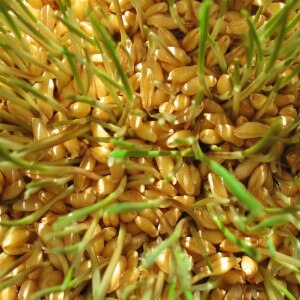
Nutritionists recommend eating 2 tablespoons of sprouts every day to prolong youth, increase brain activity, recharge your batteries and saturate the body.
Sprouts are sold in every supermarket chain or local eco-shops, and their cost is ridiculous as for a new generation superfood. Do you want to try an amazing product, but you have absolutely no strength to get out of bed and go to the store? It does not matter, because you can sprout the grain yourself at home.
Instructions for germination of wheat grain: pour 2 tablespoons of wheat with warm water and leave overnight. In the morning, drain the water, rinse whole grains, transfer to a convenient container and cover tightly with gauze. Leave the wheat bowl in a warm place and wait 12-24 hours. Grains will sprout and will immediately be ready to become an integral part of your healthy diet.
Nutritionists advise to chew on a few grains in the morning on an empty stomach, then proceed to the routine morning classes and go on to the main meal. After a few days, the immune system will get stronger, the gastrointestinal tract will work with a new force, metabolic processes will accelerate, and the body will feel younger for several years.
Chemical composition of soft wheat grain
Nutritional value (based on 100 grams of uncooked grains)
Caloric content 305 kCal Proteins 11,8 g Fats 2,2 g Carbohydrates 59,5 g Dietary fiber 10,8 g Water 14 g
Vitamin content (in milligrams based on 100 grams of raw grain)
Retinol (A) 0,002 Beta-carotene (A) 0,01 Thiamine (B1) 0,44 Riboflavin (B2) 0,15 Choline (B4) 90 Pantothenic acid (B5) 1,1 Pyridoxine (B6) 0,5 Folic acid (B9) 0,0375 Tocopherol (E) 3 Biotin (H) 0,0104 Nicotinic acid (PP) 7,8
Nutrient Balance (in milligrams based on 100 grams of unprocessed grains)
Macronutrients
Potassium (K) 337 Calcium (Ca) 54 Silicon (Si) 48 Magnesium (Mg) 108 Sodium (Na) 8 Sulfur (S) 100 Phosphorus (P) 370 Chlorine (Cl) 29
Trace Elements
Aluminum (Al) 1445 Vanadium (V) 172 Boron (V) 196 Iron (Fe) 5400 Iodine (I) 8 Cobalt (Co) 5,4 Manganese (Mn) 3760 Copper (Cu) 470 Molybdenum (Mo) 23,6 Nickel (Ni) 42,8 Tin (Sn) 36,1 Selenium (Se) 29 Strontium (Sr) 193 Titanium (Ti) 43,7 Zinc (Zn) 2790 Zirconium (Zr) 24,5
Use of the ingredient in cooking
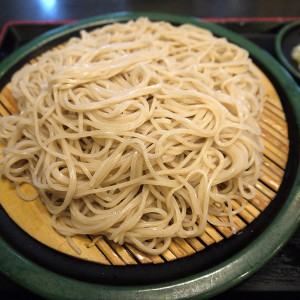
From wheat you can cook:
- paste;
- soba noodles;
- other cereals (semolina, bulgur, kamut, dzavar, quinoa, spelled, spelled);
- alcoholic beverages (whiskey);
- sprouts;
- sauce;
- flour
A few words about flour
Plain white flour costs a penny and finds a place for itself in every first kitchen cabinet of responsible housewives. It is used to make birthday cakes, breading for meatballs on weekends, and dumplings for lunchtime snacks. White wheat flour filled the shelves and completely pressed whole grain, rice, buckwheat or coconut. The consumer simply can not get through to the “right” flour, which is under the rubble of white and “wrong.”
What exactly is wrong with white wheat flour? Grain, before becoming a flour, has gone a long way in processing and refining. The product has lost its primary benefit and has become “empty”. White flour is not useful and does not provide long-term saturation. The effect of “empty” calories can be compared with sugar – a temporary pleasure that does more harm than pleasure.
Grain loses from 70 to 90% of beneficial vitamins and minerals during production, and the glycemic index of the final product rises.
Reference. Glycemic index (GI) – the degree of food impact on blood glucose levels.
What is fraught with the use of white wheat flour:
- sharp jumps in blood sugar;
- deterioration of the skin;
- the growth rate of the risk of cardiovascular pathologies;
- accelerating the aging of the body;
- allergic reactions (to gluten and protein, included in the composition);
- decline in gastrointestinal tract performance;
- decrease in working capacity;
- headache, sleep disturbance.
Is there an alternative? Replace white flour whole grain or durum wheat. Try cooking oatmeal, coconut, barley flour and make a choice in favor of taste and quality, and not the empty carbohydrates that ruin your health.
Contraindications to use
Wheat and its derivatives should be excluded from the diet for gastrointestinal diseases at the acute stage. Limit consumption should be with diabetes, hyperfunction of the endocrine glands and various neoplasms in the body (depending on the nature). Germinated sprouts are prohibited for children under the age of 12 and for patients during the rehabilitation period after surgery. Waiver of wheat can be triggered by the individual intolerance to gluten (quite rare) or the taste of the grain.
What is gluten and is it worth giving up wheat because of it
Gluten is a special protein (gluten) that is found only in grains of cereal plants. For the last 5 years, the world has been actively discussing the harm of gluten, it selects only gluten-free products and peers paranoidly into the composition of each porridge purchased. Is there any reason?
Gluten is really harmful, but only to people with individual component intolerance and rare genetic diseases. Such pathologies are quite rare. If you are one of the people with gluten intolerance, your doctor definitely knows about this and warned you long ago. If the doctor, inspecting routine blood tests, stubbornly silent – do not start to panic and collect rallies against gluten.
Modern gluten is added everywhere. It irritates the intestinal wall, stimulates the feeling of hunger and makes us buy another bun, because one does not fill the energy balance. Manufacturers are actively using this trick, so gluten today, not only in wheat, but also in sausage, milk, yogurt and ice cream.
It turns out that modern man does not use 50 grams of gluten with a daily portion of carbohydrates, but whole 500. It should be noted that this gluten is modified, and in large quantities can really harm. However, nutritionists advise to limit the use of gluten, not because of direct harm, but because of a dangerous amount. Pay attention to the composition, communicate with manufacturers and approach the issue of nutrition from a scientific point of view. Healthy nutrition is a massive trend of modern times, so keep up with fashion and spend extra 10 minutes on the food basket.
